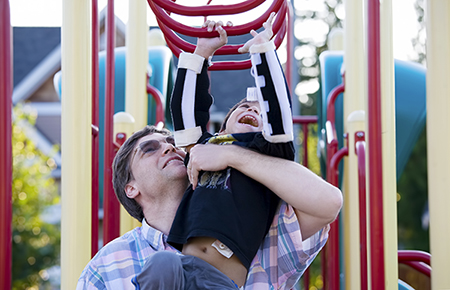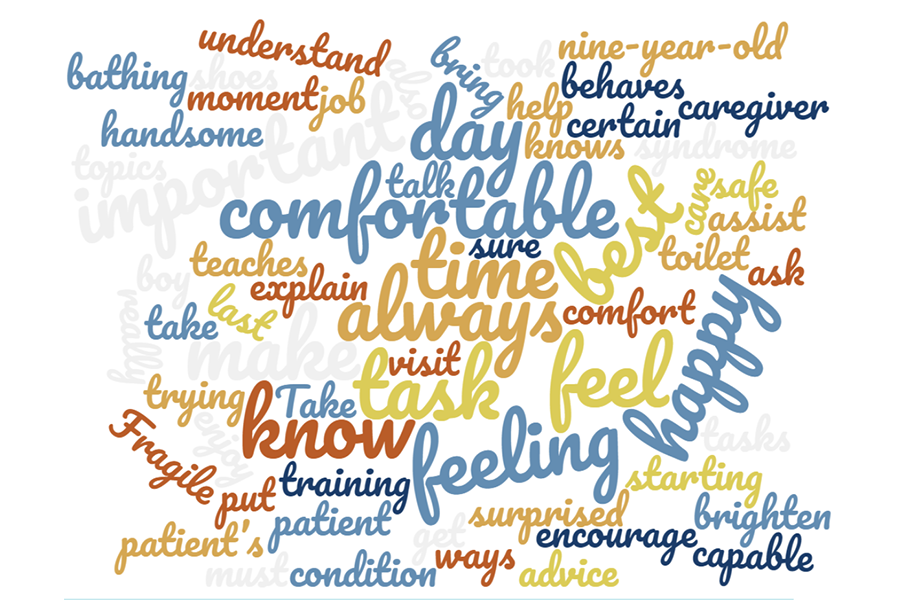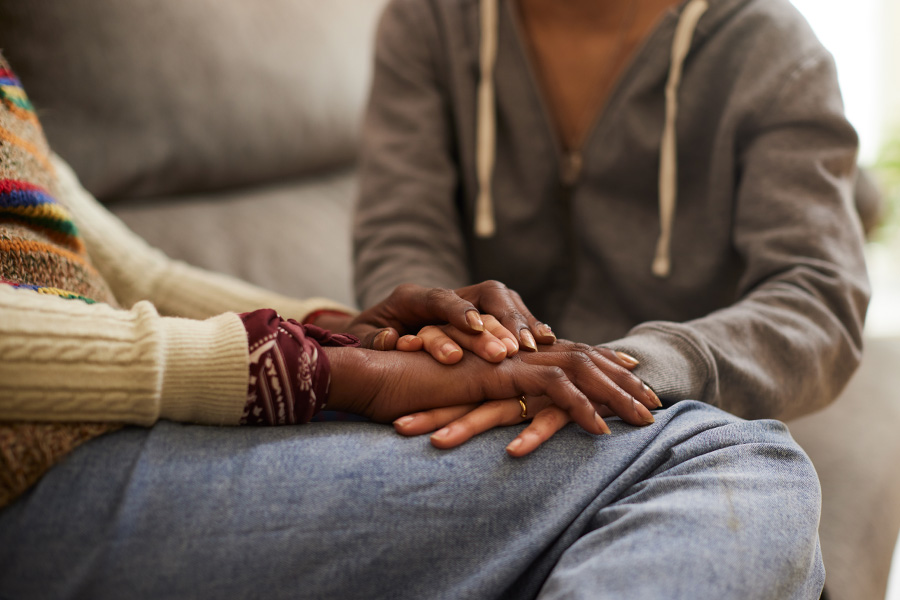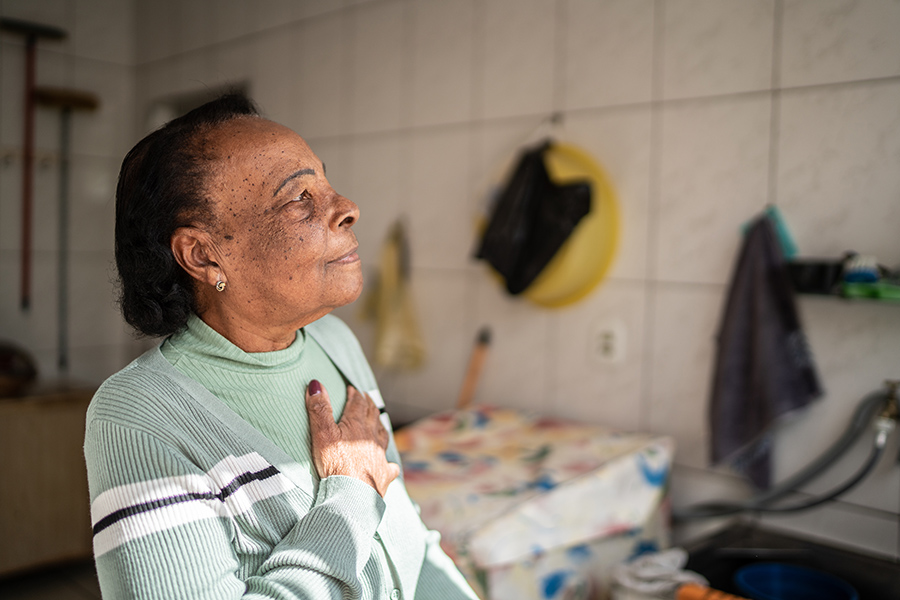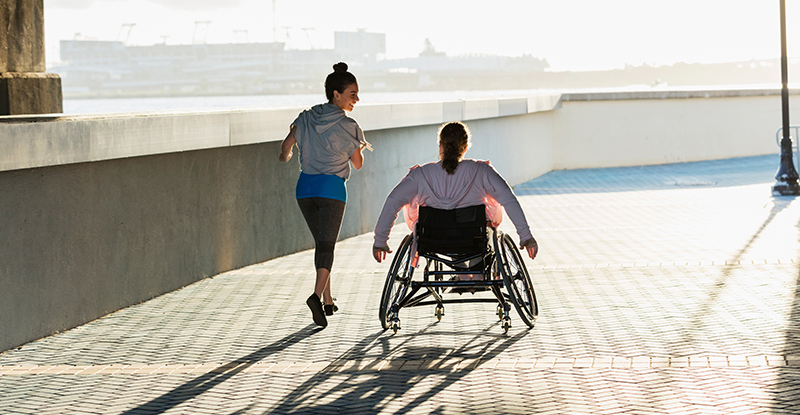Spina Bifida is a series of birth defects that occur when the embryonic neural tube that will eventually develop into the baby’s brain and spinal cord fails to close properly during the first month of pregnancy.
Though doctors cannot say for sure what causes spina bifida, some of the risk factors are believed to be genetics and a family history of neural tube defects; race; environmental risk factors; folic acid deficiency; diabetes and obesity.
Treatment options for spina bifida will vary based on the type and its severity.
Types of Spina Bifida
There are two main categories of spina bifida: Spina bifida occulta and Spina bifida manifesta.
Spina bifida occulta is the mildest and most common form of spina bifida. Though a lesion may exist on the spine, most individuals with this form of spina bifida do not have any signs or symptoms nor require treatment, and they do not experience neurological problems because the spinal nerves are usually not involved. Sometimes visible indications may be seen on the newborn’s skin above the spinal defect (i.e. an abnormal tuft of hair, a collection of fat, a small dimple/birthmark, or skin discoloration), though many don’t even know they even have it until they get a back X-ray for another reason.
Spina bifida manifesta is divided into two types of the condition: Meningocele and Myelomeningocele.
With Meningocele, the protective membranes around the spinal cord (meninges) push out through the opening in the vertebrae. In many cases, a visible bulge on the patient’s back is the only sign and no other symptoms will exist. Though the spinal cord will most likely develop normally, surgery to put the meninges back in place and close the opening in the vertebrae is an option.
Myelomeningocele is the most severe form of spina bifida (and commonly what people refer to when talking about the condition). The spinal nerves protrude from an opening in the spine, forming a sac on the baby’s lower or middle back. The nerves are often damaged, which can cause problems with walking, bladder or bowel control, seizures and coordination. Sometimes the sac is covered by skin, though usually the tissues and nerves are exposed making the baby also prone to life-threatening infections. Surgical procedures to help minimize the risk of infection and to help protect the spinal cord from additional trauma usually happen within 24 to 48 hours after birth.
Advocates for prenatal surgery believe that nerve function in babies with spina bifida seems to worsen rapidly after birth therefore it may be better to repair defects while the baby is still in the uterus, before the 26th week of pregnancy.
Because the type and degree of spina bifida varies from person to person, treatments will depend on each individual’s challenges. Care from a multidisciplinary team of surgeons, physicians and therapists may be ongoing for patients with myelomeningocele to prepare for other complications that may arise as they get older. In addition to the many levels of paralysis possible, as well as bladder/bowel problems, children with myelomeningocele may also develop gastrointestinal disorders, learning disabilities and other health complications.
It is important to remember that with help and individualized care, children with spina bifida can lead full and rewarding lives. Most children with spina bifida learn to be independent, move around on their own and take care of themselves. Most do well in school, and many play sports. Because of the advances in medicine today, approximately 90% of babies born with Spina Bifida live to be adults, approximately 4 out of 5 children have completely normal intelligence and approximately 3 out of 4 are active in sports and other fun activities.
Resources for Caregivers
There are many local, state and national resources available for parents, teachers and caregivers of loved ones with spina bifida, including:
– Spina Bifida Association National Resource Center
– Spina Bifida Association Online Communities
– National Institute of Neurological Disorders and Stroke
– Center for Parent Information and Resources
– CDC.gov: Information for Expectant Parents
For more information and caregiver support, visit any of the following sites which provided source information for this article: SpinaBifidaAssociation.org, Medline Plus, WebMD, MayoClinic.org.
Shield HealthCare | Medical Supplies For Care At Home Since 1957






